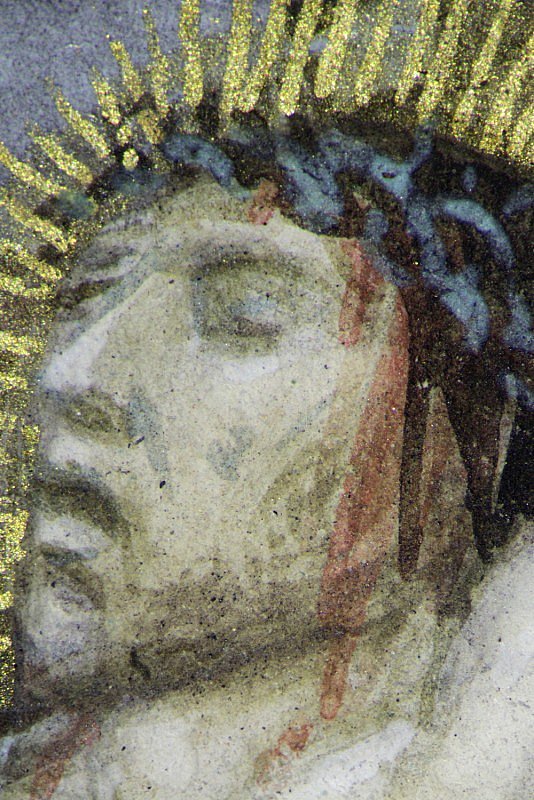Simon Bening
Artists
Born in Ghent, Simon Bening learned his craft from his father, the painter Alexander Bening. In 1500, Simon Bening moved to Bruges where he built a highly successful career. A versatile artist, Bening painted portable altarpieces on parchment as well as oil paintings on wooden panels. He was especially admired for his subtle use of light, colour and texture to create atmospheric landscapes and charming interiors. By extending the miniatures into the borders, and including subsidiary scenes, he added to the conceptual and visual complexity of the images. Enclosed within illusionistic picture frames, the miniatures function as small devotional panels. These leaves demonstrate Bening’s facility with pictorial narrative and illusionism as well as his creative adaptation of a wide range of models by the leading illuminators, painters and printmakers of the preceding generation, including the Vienna Master of Mary of Burgundy, Jan van Eyck, Gerard David, Martin Schongauer and Albrecht Dürer.





Crucifixion
This poignant scene shows the Virgin Mary, her companion and Saint John overwhelmed by grief at the sight of Christ’s suffering. Clustered near the base of the cross they keep vigil, with their eyes red and swollen from crying. The unrepentant thief on Christ’s left, having scorned the Saviour, has turned away. The good thief, aligned with Christ, his head strenuously lifted for a final gaze at the sky, embodies the hope for salvation.
Bening intentionally varied the flesh tones of the three crucified figures. Christ, pale and chalky in appearance, was painted with lead white and modelled with brown ochre and azurite blue in the grey shadows of his body and face (hotspot 1). The thief turned away from Christ was rendered with a mixture rich in yellow and brown ochres and azurite blue, perhaps his choleric flesh colour symbolically referencing his betrayal (hotspot 2). By contrast, the good thief is painted in a similar shade to that of Christ, though with slightly more vermilion red, with indigo blue in the shadows (hotspot 3). The subtle distinction in the colours used to paint the two thieves associates one with the Saved and the other with the Damned.